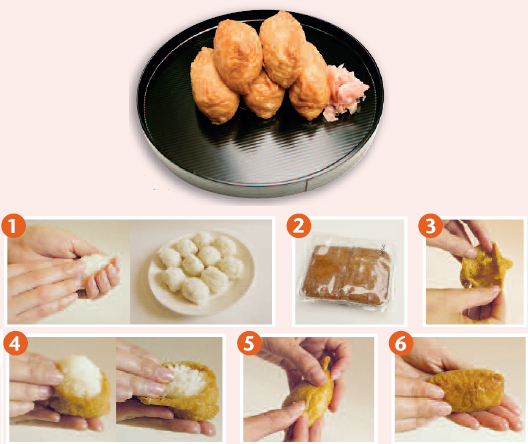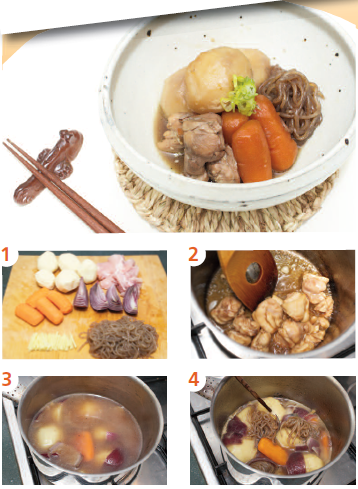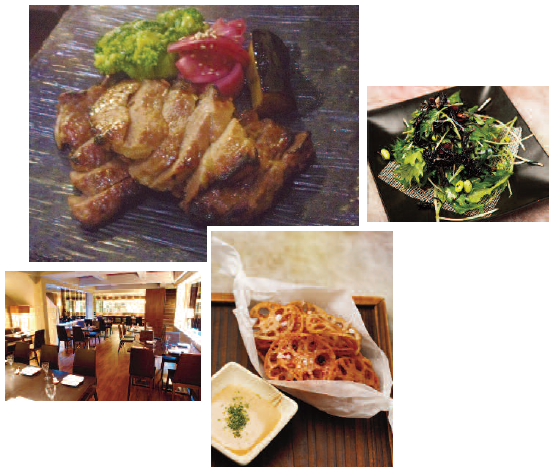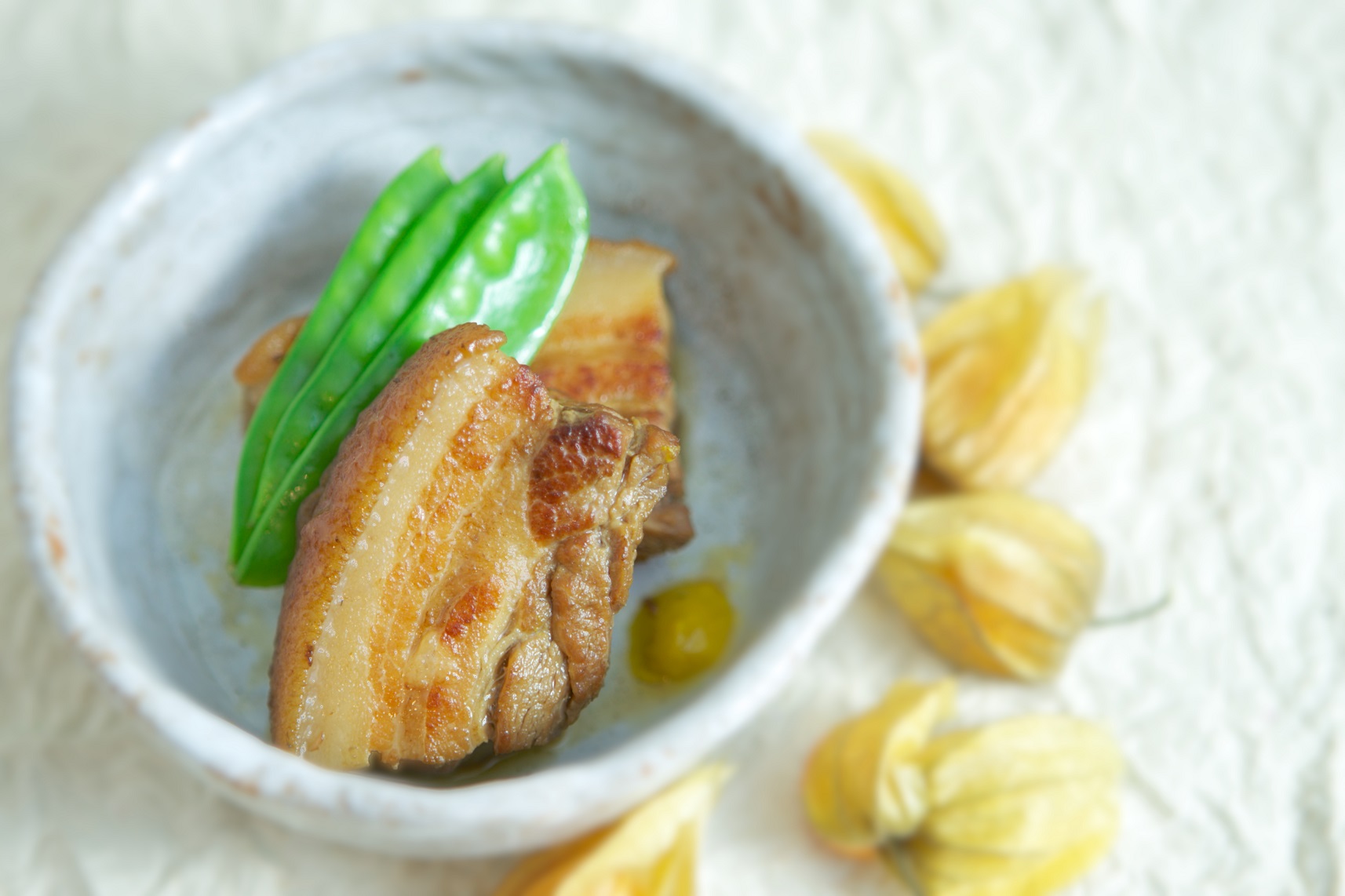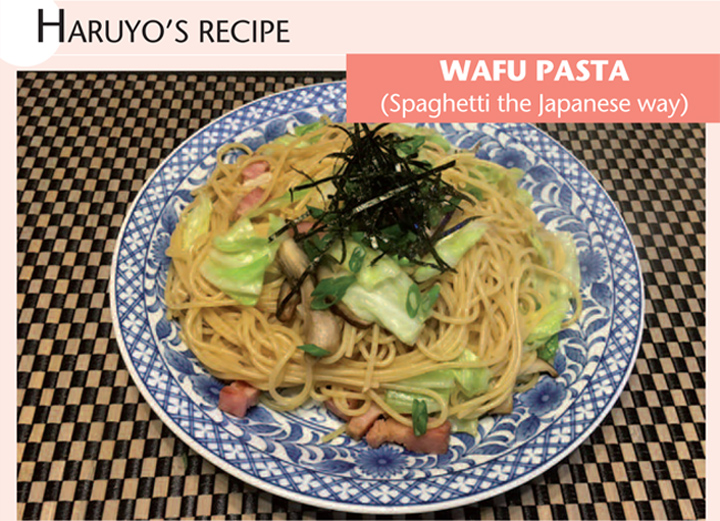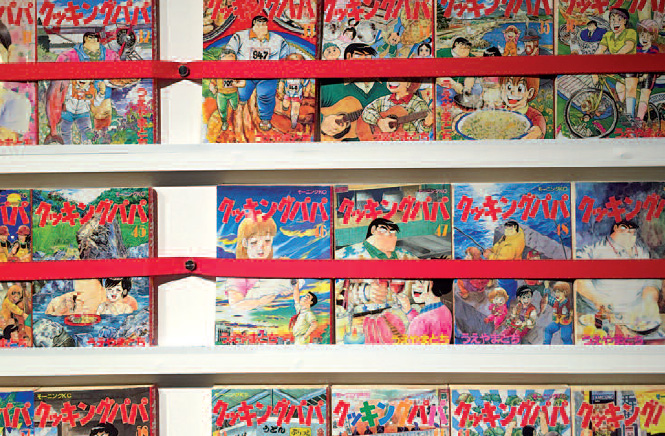

In Japan, this day for lovers has long been synonymous with chocolate. It’s still the gift of choice, but habits are changing.
Valentine’s Day, that supreme celebration of love, has long been a day when girls in Japan dared to make their feelings known by giving a box of chocolates or a chocolate cake to the object of their affections to try their luck. The Japanese even invented White Day, 14 March, so that boys could in their turn offer gifts to say thank you for the chocolates they’d received a month earlier. Now, this custom is changing.
As early as the 1960s, when love matches began to outnumber arranged marriages, Valentine’s Day was reserved for lovelorn women to express their feelings. But the 1980s saw the appearance of giri-choko (obligation chocolate), which consists of giving (cheaper) chocolates to your boss and colleagues. Over the past twenty years, the circle of people to whom chocolate can be given as a gift has grown still wider, and you even hear talk of tomo-choko (friendship chocolate). Since the arrival of the trade fair Salon du Chocolat in Japan in 2003 (in Japan, this takes place in January or February), it’s been noted that increasing numbers of women are buying luxury chocolates… for themselves.
However, the Japanese seem to be growing tired of this event. The era when women dared not express their love without the help of the Valentine’s Day ritual is well and truly over. In 2018, the Godiva chocolate brand issued a deliberately provocative message encouraging “an end to giri-choco”, which no longer makes sense to many. According to UOCC statistics, 87% of women think giri-choko can or should disappear.
Today, supported by surveys (by Intage in 2020 and UOCC in 2021), 50% of women who buy chocolates for Valentine’s Day buy them for “their family”, secondly for “themselves”. Less than 10% are for their work colleagues or managers, a figure that continued to decline in 2021, due in part to working online or worries about giving edible gifts. Only 7% of chocolates bought represented “a declaration of love”, and 30% of women think they’ll no longer buy any at all.
But this doesn’t mean that this ritual is about to disappear completely. According to a study undertaken by LINE in 2020, two out of three teenage girls make their own chocolates for Valentine’s Day, while only 40% of women in their twenties and 35% of women in their thirties do so. These treats are mainly made to be eaten at home. Shops and department stores, which realise 70% of their chocolate sales at this time of year, cannot afford a drastic reduction in trade. That’s why, this year, they’ve introduced a wide range of new goods available in their retail outlets or for sale exclusively on line, and are even offering free delivery…
In the future, it’s possible that Valentine’s Day might become an occasion to celebrate the family with whom we’ve spent most of our time since the start of the pandemic two years ago.
Sekiguchi Rryoko

